Graham Reid | | 2 min read
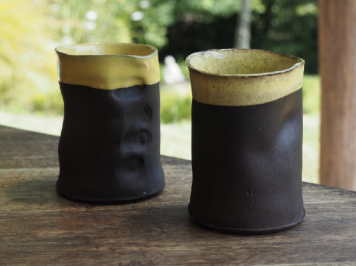
Not long ago a lady walked into our New Zealand showroom with a small package addressed to me. It had come from South Africa, carried by several different people in a tenuous chain of connection. Inside were two gorgeous ceramic mugs.
My memory ran back to Cape Town the previous year where I had given a talk and workshop at their design festival.
While there I had been asked to take part in an installation called Ukusela Ekapa (https://www.facebook.com/ukusela.ekapa), created by Hennie Meyer and Janine de Waal. 10,000 clay drinking cups called ‘ikomityi’, were made by people from all walks of life and set up in an installation on Robben Island to commemorate both the life of Nelson Mandela and 20 years of South African democracy.
Before firing, while the clay was still wet and soft, each one was gently squeezed by invited people. I was one, and I wrote my name on the bottom. Now the installation was over and here were two cups for me, bearing the hand imprint of Hennie and Janine themselves. Somewhere in South Africa, or elsewhere in the world, someone continues to feel my squeeze.
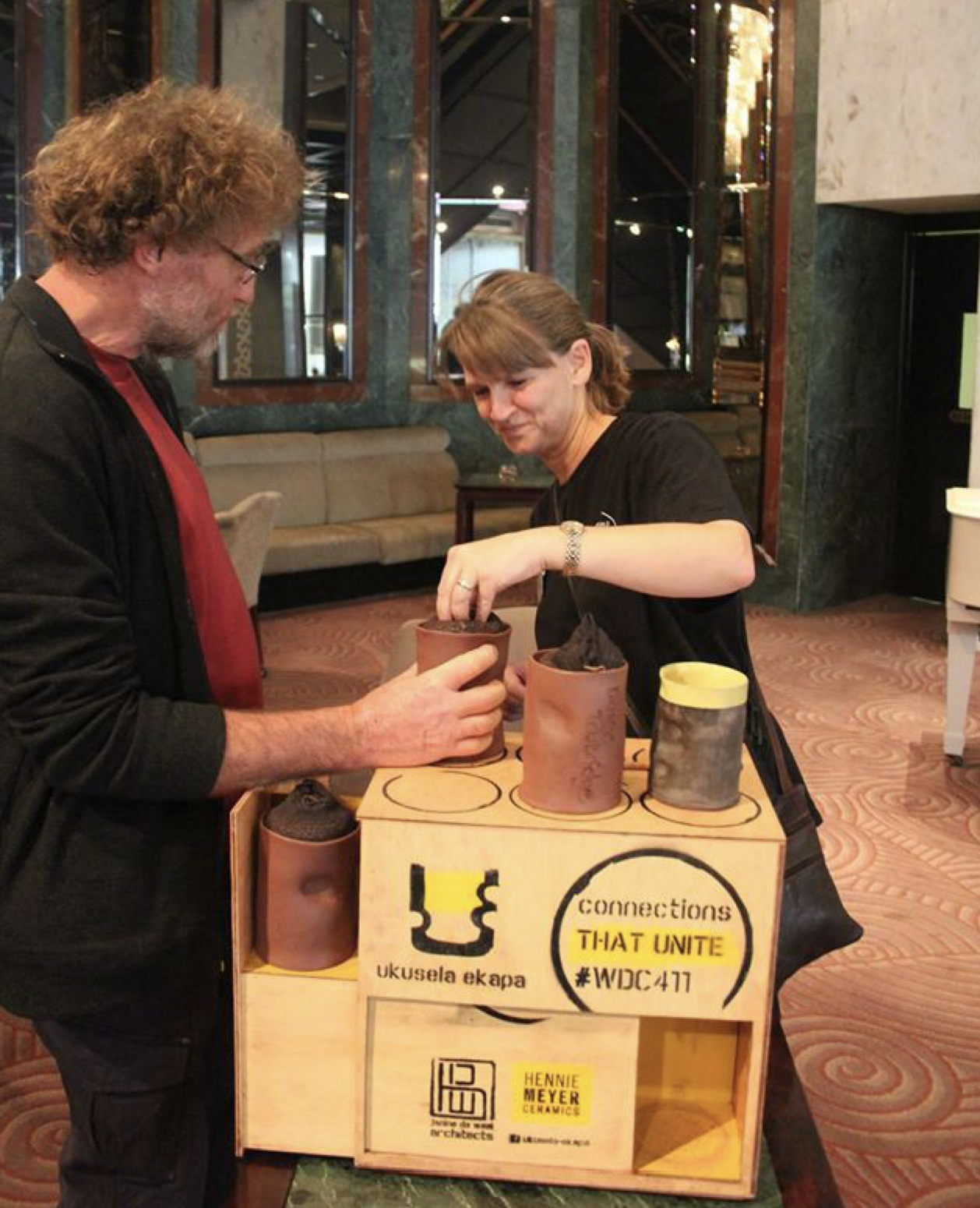
Every day as I drink my green tea, my fingers can mould to Janine’s soft hollows or to Hennie’s firmer grip. I can feel the hot black texture of the clay - of the African earth - or the smooth, cooler green glaze. As I do this I am reminded of another southern hemisphere culture under equally blue skies - but also of its darker history. This cup actually sat in the Robben Island compound where Mandela exercised. It might have been one of the upturned ones in the middle, whose black bases displayed Mandela’s prisoner number 46664.

So, through the process of craft—creating with care—these stories and connections make the cups incredibly precious and irreplaceable. How much richer our lives are with special objects like these, rather than with bland factory-made products produced only for profit, and for which we care nothing?
The craft process, epitomised by the hand print, imbues objects with meaning and value. It makes them truly beautiful; and because of that we will care for them for a lifetime, which also happens to be great for sustainability.
The Māori word for beauty, ataahua, describes a two-way process, a relationship: the artist creates beauty, which in turns enriches our lives and makes us more beautiful.
Thank you Hennie and Janine for this gift.
(This piece was originally written by hand with a 2B pencil on acid free paper in my workbook.)
.
David Trubridge is an innovative designer who has his own studio and workshop in Hastings where he creates beautiful lighting, furniture, public art and much more. He has appeared at Elsewhere in a brief photo-essay showing some of his remarkable lighting designs (see here).
His website also includes a philosophical blog about design and the natural world. His website is quite a journey in itself, see here.
.
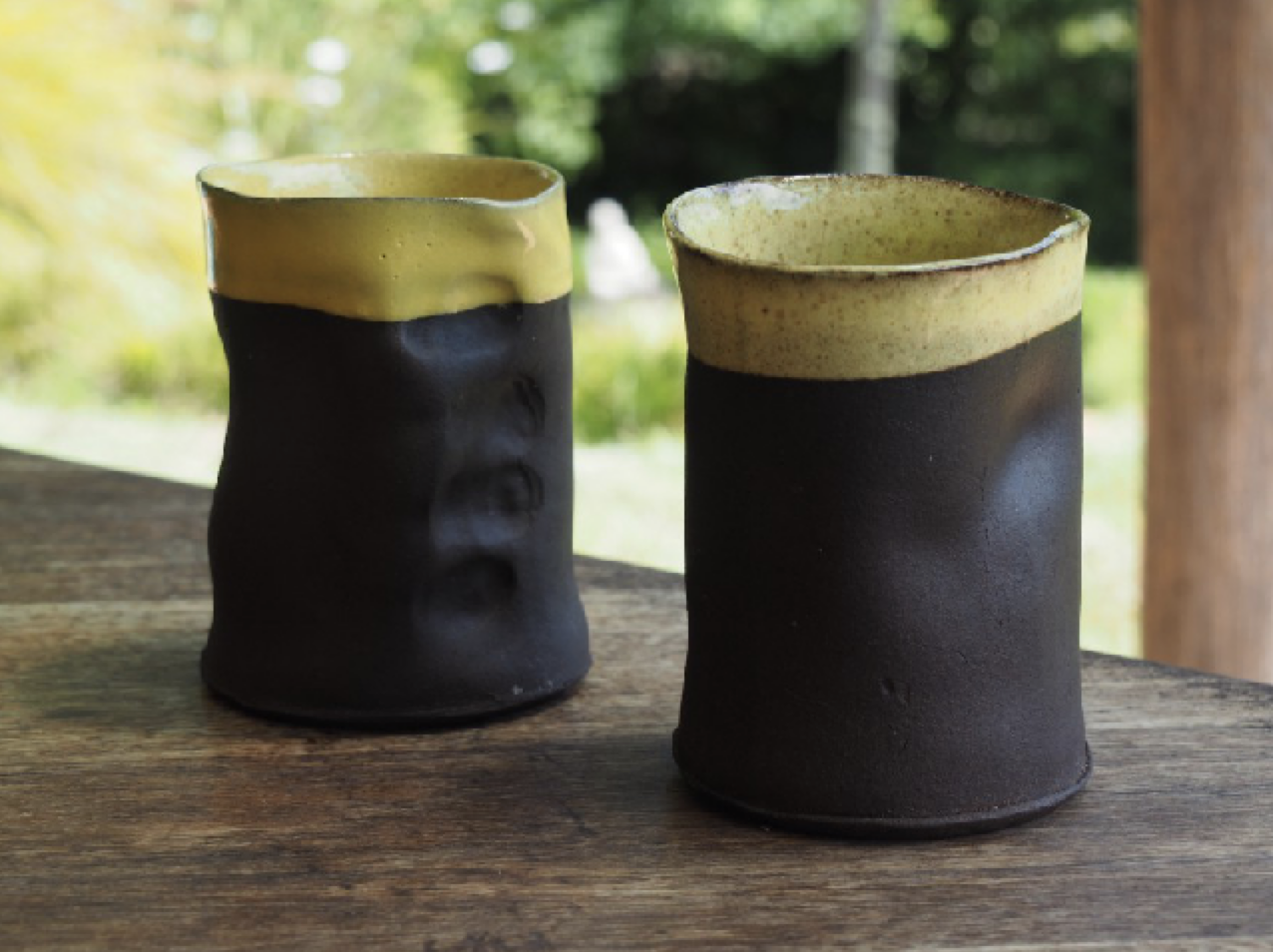
.
Other Voices Other Rooms is an opportunity for Elsewhere readers to contribute their ideas, passions, interests and opinions about whatever takes their fancy. Elsewhere welcomes travel stories, think pieces, essays about readers' research or hobbies etc etc. Nail it in 1000 words of fewer and contact graham.reid@elsewhere.co.nz.
See here for previous contributors' work. It is wide-ranging

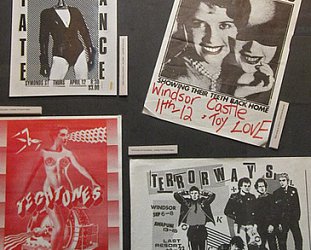
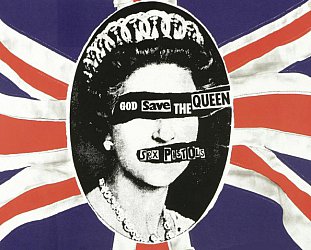
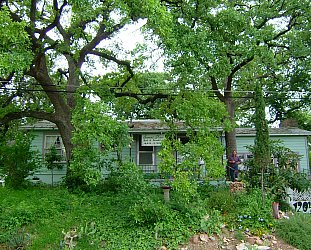
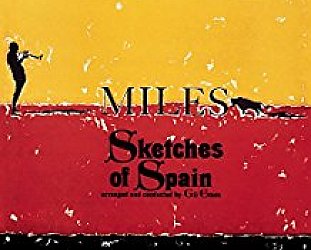
Angela S - Feb 13, 2023
I loved that, it would be meaningfully unique if all our cups were made like that
Savepost a comment